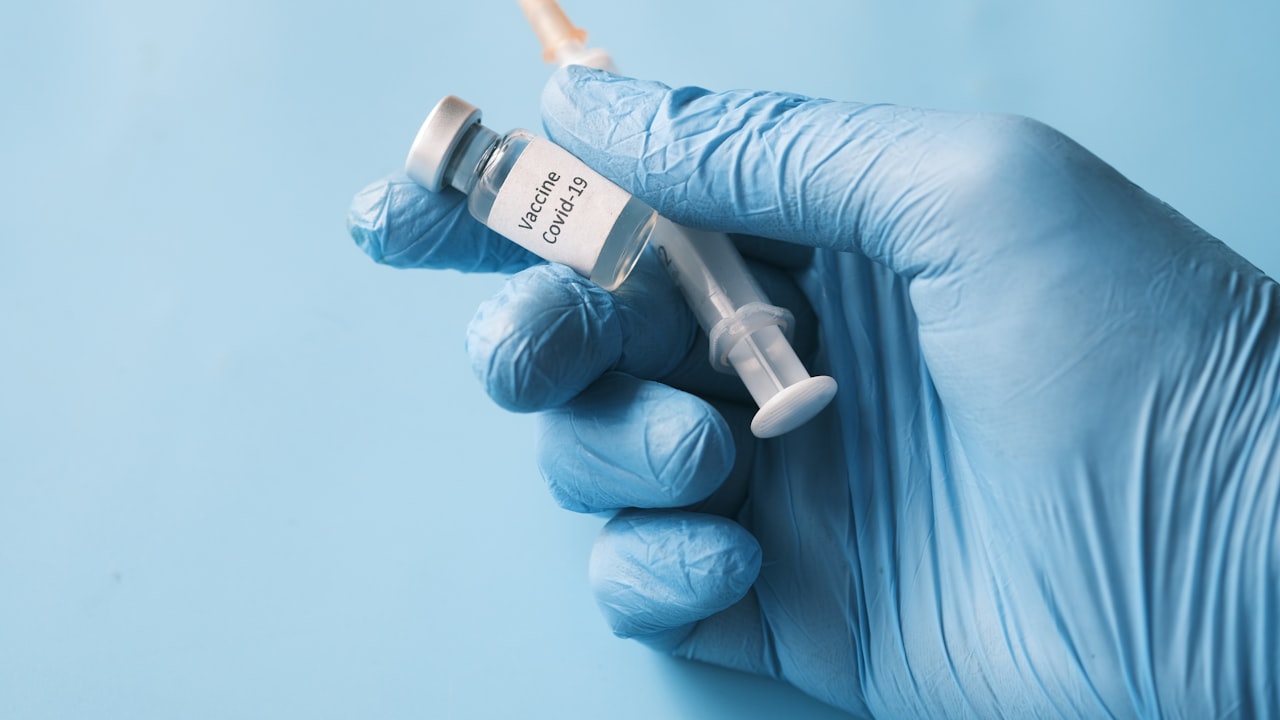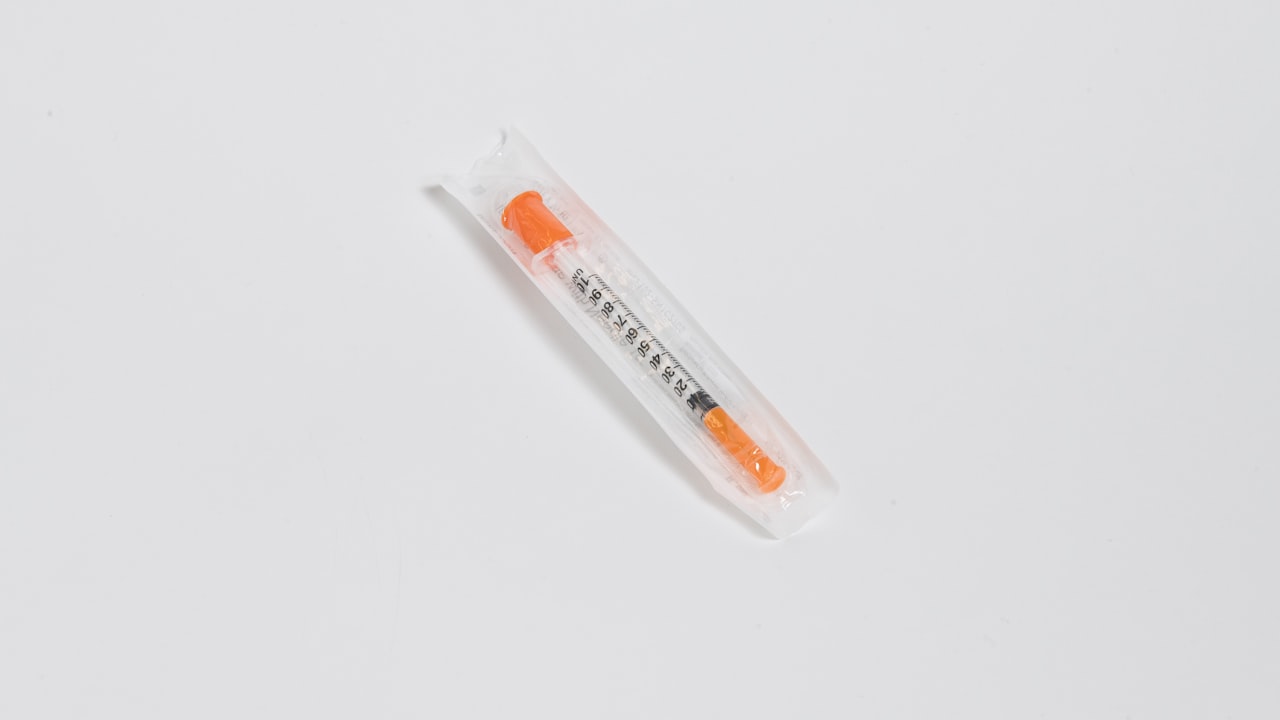Title: Designing Precision Injection Molds: Key Factors and Best Practices
Precision injection molds play a crucial role in the production of high-quality plastic components. When it comes to designing these molds, several key factors and best practices come into play to ensure optimal performance and efficiency for injection mold factories and suppliers.
One of the essential factors in designing precision injection molds is understanding the specific requirements of the final plastic component. This involves collaborating closely with the client to determine the exact dimensions, tolerances, surface finish, and material properties needed for the part. By having a clear understanding of these requirements, designers can create molds that will consistently produce parts that meet or exceed expectations.
Another critical factor in mold design is the selection of appropriate materials. High-quality tool steels, such as P20, H13, and S7, are commonly used in precision injection mold construction due to their excellent wear resistance, toughness, and machinability. Choosing the right material ensures the durability and longevity of the mold, reducing the need for frequent maintenance and replacement.
The design of cooling channels is also vital in the creation of precision injection molds. Efficient cooling is essential to achieve shorter cycle times, improve part quality, and prevent warpage or sink marks in the final product. By strategically designing cooling channels within the mold cavity and core, manufacturers can optimize the cooling process and enhance overall productivity.
Moreover, proper venting is crucial to prevent air traps and ensure the ejection of air during the injection molding process. Insufficient venting can lead to voids, burns, or other defects in the final parts, compromising their quality and consistency. Designers must incorporate venting features strategically throughout the mold to facilitate the escape of air and gases during injection.
In conclusion, designing precision injection molds requires careful consideration of key factors such as part requirements, material selection, cooling channel design, and venting. By following best practices and leveraging advanced technologies, injection mold factories and suppliers can produce molds that enhance productivity, reduce costs, and deliver high-quality plastic components consistently. Effective mold design is essential for achieving success in the competitive injection molding industry and meeting the evolving needs of clients in various sectors.

 Title: “Advancements in Injection Molding Tooling Technology”
Title: “Advancements in Injection Molding Tooling Technology” Title: “Revolutionizing Manufacturing: The Impact of Injection Molds”
Title: “Revolutionizing Manufacturing: The Impact of Injection Molds” Title: The Role of Injection Molds in the Manufacturing Process
Title: The Role of Injection Molds in the Manufacturing Process Title: “The Revolutionary Impact of Injection Molds in Manufacturing Industry”
Title: “The Revolutionary Impact of Injection Molds in Manufacturing Industry” Title: Designing Efficient Injection Molds: Key Considerations and Best Practices
Title: Designing Efficient Injection Molds: Key Considerations and Best Practices Title: “Revolutionizing Manufacturing: The Importance of Injection Molding Tooling”
Title: “Revolutionizing Manufacturing: The Importance of Injection Molding Tooling” Title: Designing Quality Injection Molds for Enhanced Product Development
Title: Designing Quality Injection Molds for Enhanced Product Development Title: Designing High-Quality Injection Molds for Optimal Manufacturing Efficiency
Title: Designing High-Quality Injection Molds for Optimal Manufacturing Efficiency Title: Designing Precision Injection Molds: Key Factors and Best Practices
Title: Designing Precision Injection Molds: Key Factors and Best Practices